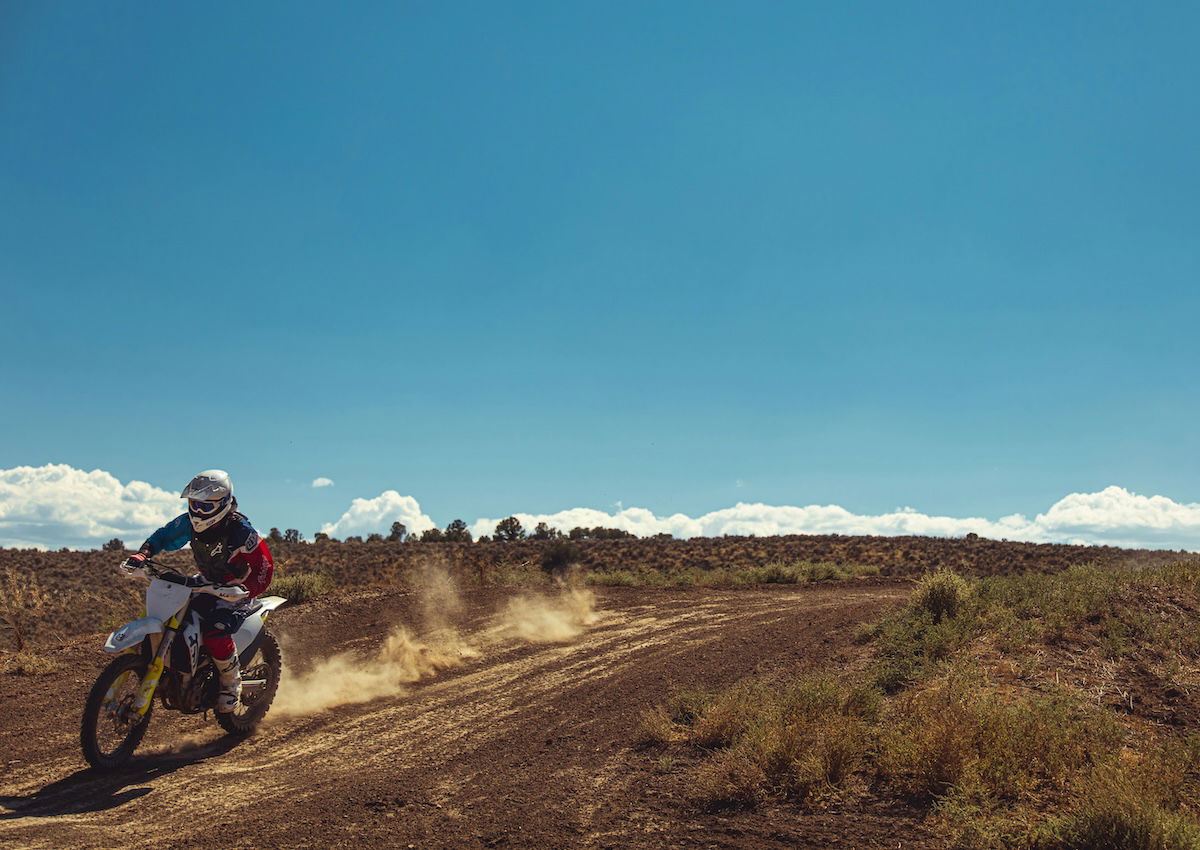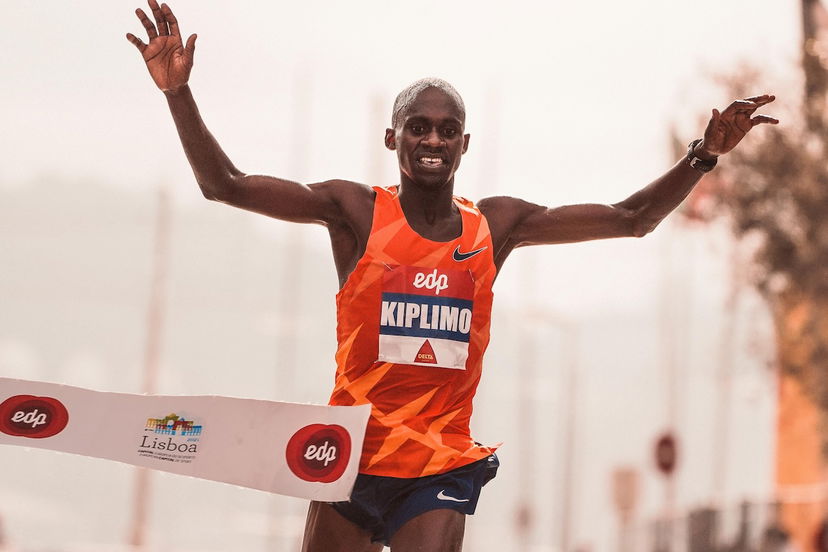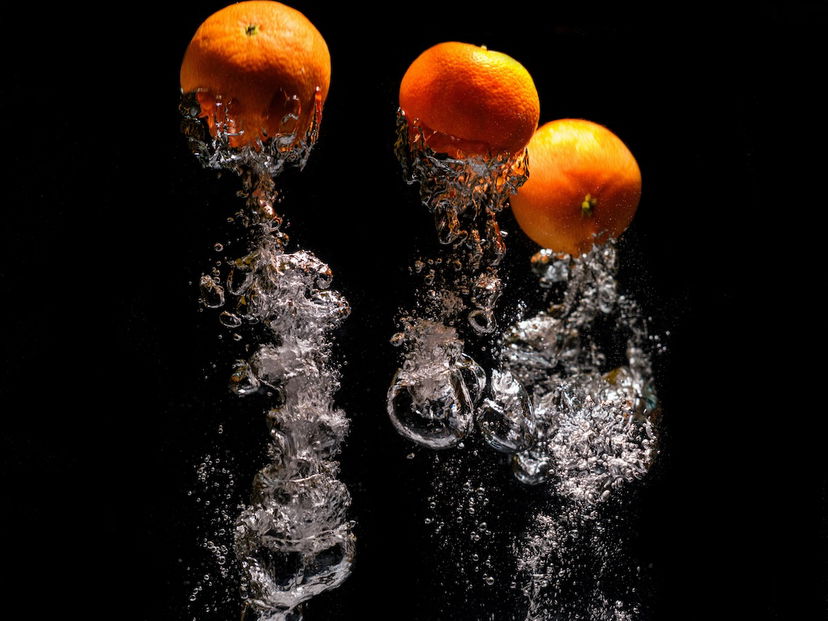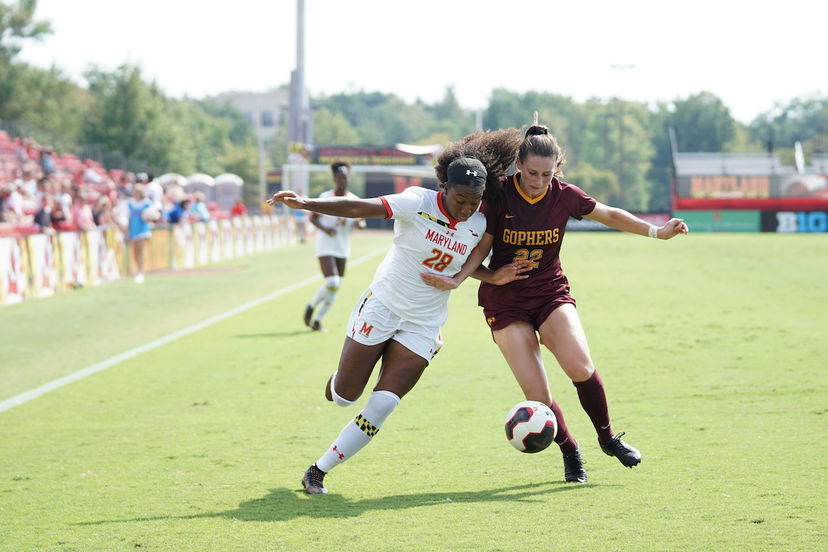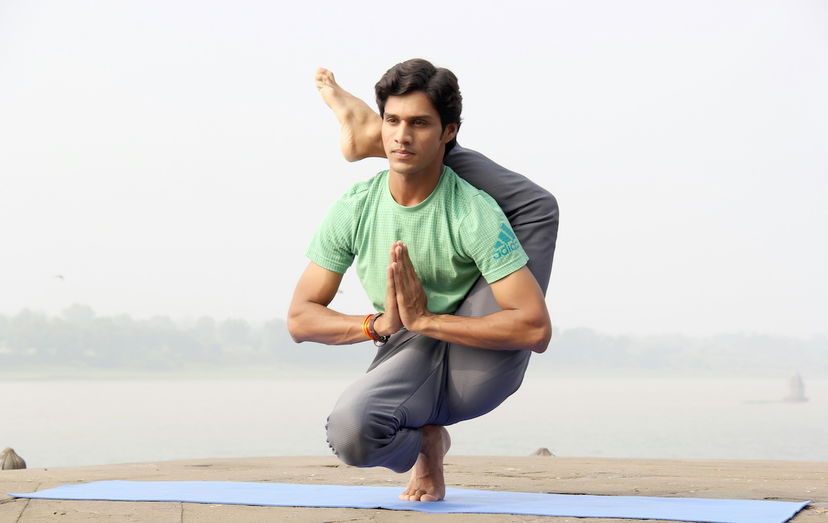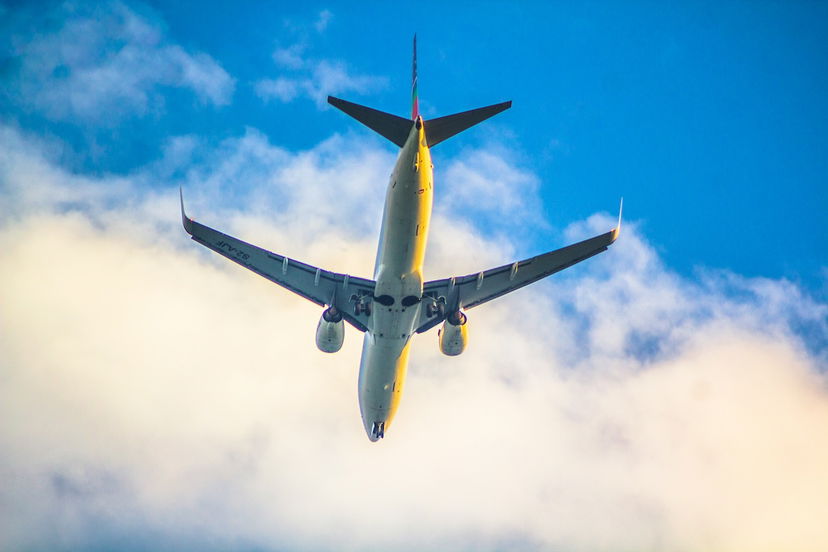8 Motorsport Photography Tips for Mind-Blowing Images
If you’re passionate about motorsport photography, you know capturing the right moment is key. But it’s not always easy to get the perfect shot.
- Learn to create stunning images with simple, affordable gear.
- Gain access to 30 unique, creative photography projects.
- Benefit from detailed behind-the-scenes setup and execution training.
8 Tips for Capturing Amazing Motorsport Photography
Here are eight tips to help you take your motorsport photography to the next level.
1. Protect Camera Gear and Yourself When Shooting Motorsports
On more than one occasion, I’ve left a motorsport track with my camera (and myself) covered in dust and mud. Dust can be disastrous for a camera, so preparing your gear before heading to the track is important.
This is especially true when photographing motorsports on a dirt track. It helps if you have a weather-sealed camera. If it’s not, add a rain cover or sleeve protector. This may help keep the dust from getting through tiny cracks and crevices.
No matter what camera you have, thoroughly clean the exterior of the lens and camera body before removing the lens from the camera body. Otherwise, you expose the sensor to dust. For the same reason, avoid changing lenses while on a dirt track.
Even more important than keeping your gear safe is keeping yourself safe. Talk to a track representative to find out where you can stand safely. Wearing a bright safety vest can also help keep you visible and safe.
If staying safe means shooting behind a fence, use a wide aperture to help blur out the fence. This keeps it out of your photographs. Always be aware of your surroundings. This means regularly taking your eye off the viewfinder.
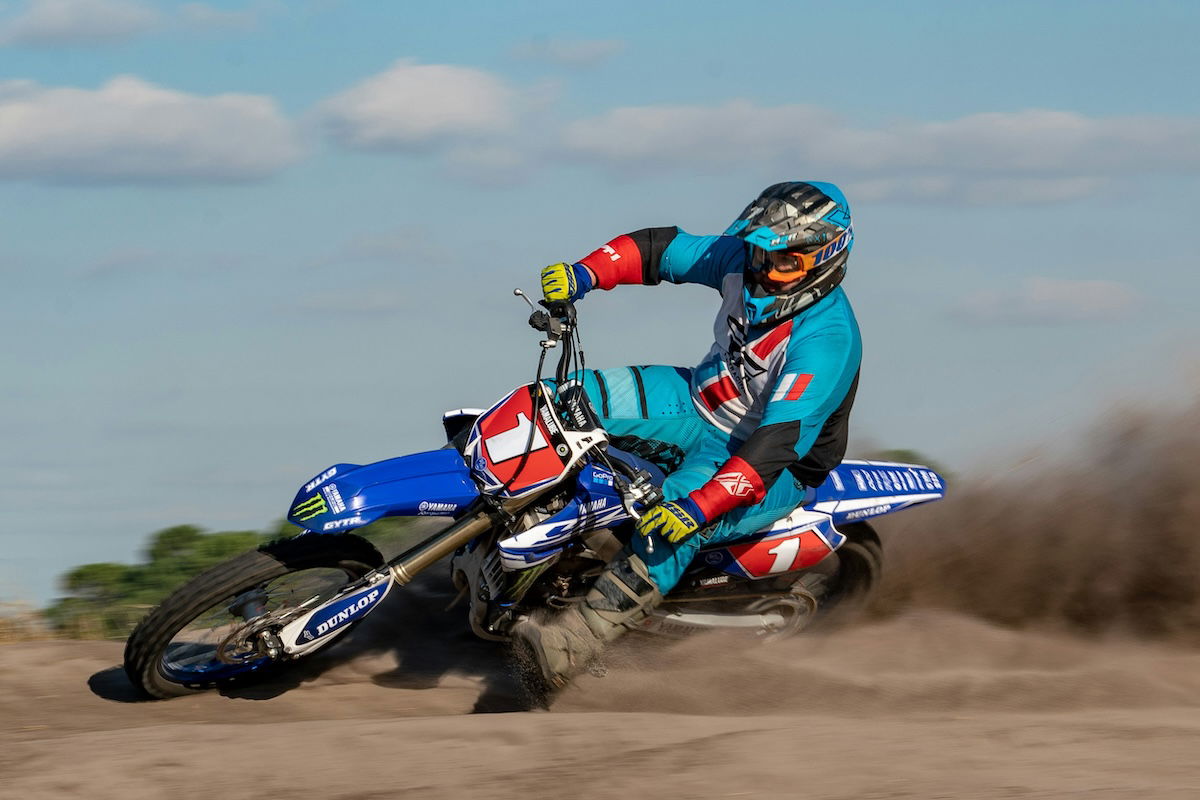
Shot with a Sony a7R III. 85mm, f/13, 1/125 s, ISO 100. Wai Siew (Unsplash)
2. Pack a Good Telephoto Zoom Lens for Close-up Shots
Getting up close and personal to speeding vehicles isn’t safe. This is why a good telephoto zoom lens is a great item for motorsport photographers to have in their gear bag.
A 300mm lens or beyond can help bring the action up close. Changing your lens on a dirt track can degrade your camera sensor. That telephoto capability is best built into a zoom lens rather than a prime lens with a fixed focal length.
Even a budget 70-300mm lens, like the Canon EF 75-300mm f/4-5.6 III, can produce solid motorsport photography. It lets you capture the action up close and back off to show more of the track. Read our recommendations for the best sports photography lenses.
The Best Telephoto Zoom Lenses for Motorsport Photography
3. Anticipate the Action
Anticipation is key to all sports photography—and motorsports is no exception. Many types of motorsport events make anticipation easy.
If you are unfamiliar with the track, arrive early to watch the practice rounds. You’ll better know which parts of the event to photograph. Look for curves, jumps, or any part of the track with the most excitement.
On a circular track, the curves tend to produce the most action. A dirt bike track has jumps, curves, and moguls, where the best action occurs. That information—along with safety tips and rules from a track representative—helps you decide where to stand for the photographs.
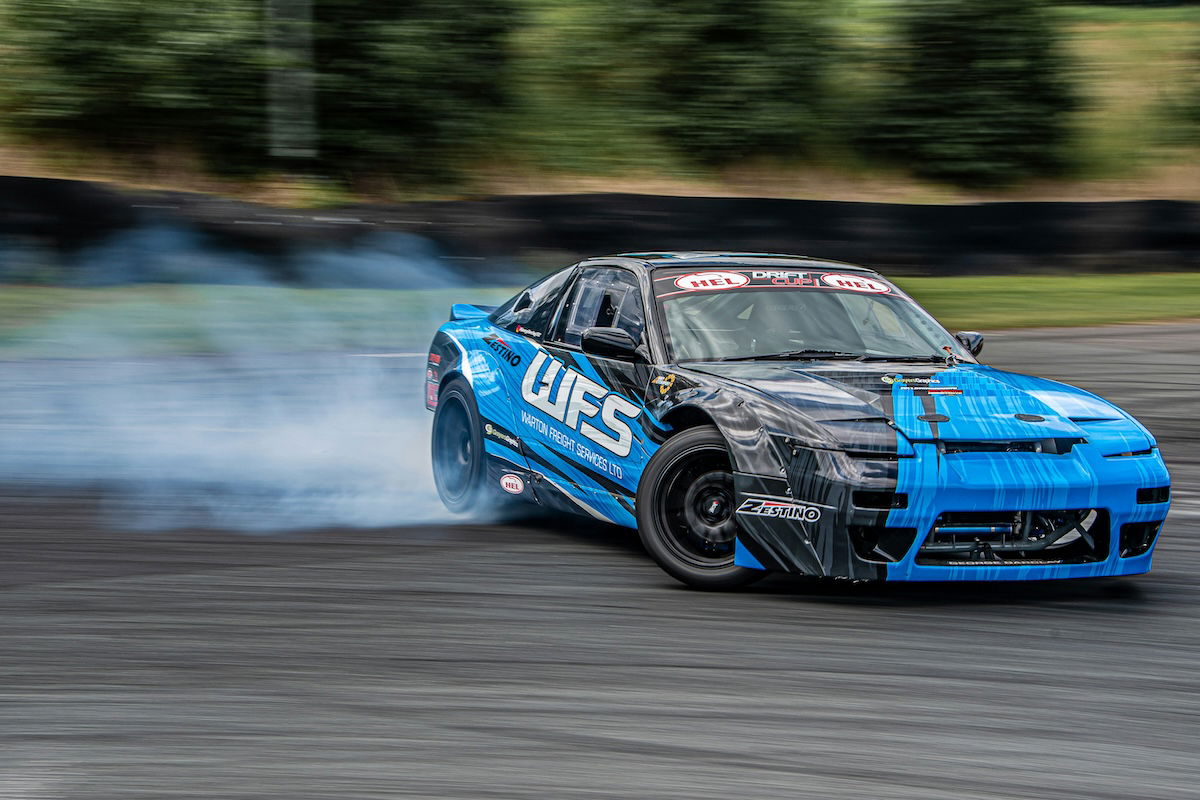
Shot with a Nikon D500. 60mm, f/14, 1/60 s, ISO 100. John Bearby Images (Unsplash)
4. Use a Fast Shutter to Freeze Motion (But Not Too Fast)
Fast subjects require fast photography—but maybe not as fast as you think. A fast shutter speed freezes the action in motorsports, creating a clear, sharp picture.
But if you freeze all the motion, that car or motorcycle may look like it’s parked on the track. The trick is to use a shutter speed that’s fast enough to freeze the car but too slow to freeze the tires. That creates a sharp picture, while wheel blur leaves a sense of motion.
Not all motorsports go at the same speed. There’s not one magic shutter speed that creates that perfect mix of sharpness and blur. The best shutter speed depends on how fast the vehicle is moving.
Start with a shutter speed of around 1/500 s, and look at the results. If everything is sharp, use a slower shutter speed. If everything is a bit soft, use a faster shutter speed.
To change the shutter speed on your camera, shoot in shutter priority mode or manual mode. Remember, the shutter speed also plays a role in exposure. If the scene is not bright, fast shutter speeds must be paired with a wide aperture and possibly a high ISO.
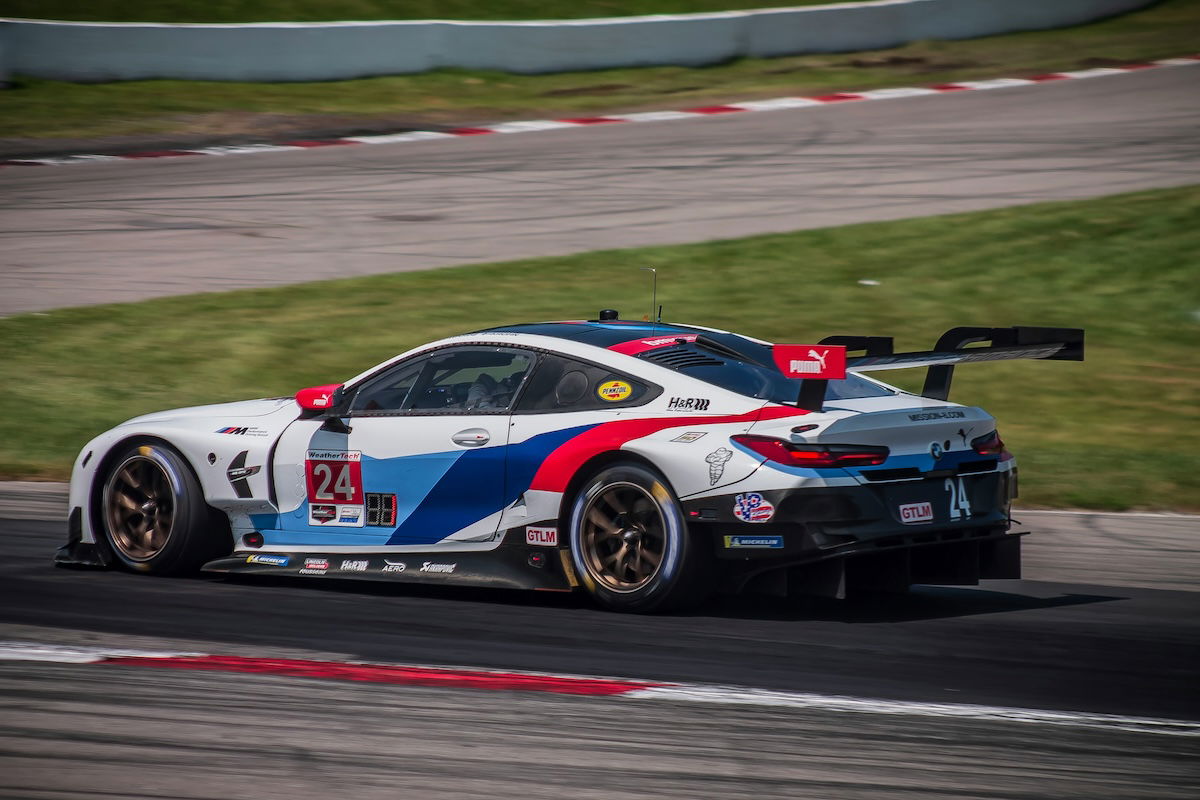
Shot with a Canon EOS Rebel T3. 135mm, f/4.5, 1/250 s, ISO 100. Alexandria Bates (Unsplash)
5. Try Panning to Convey Motion
Blurring the tires isn’t the only way to convey a sense of motion in motorsport photography. Panning is when you follow the motion of the subject with your camera. This technique blurs the background while keeping the subject sharp.
It takes practice to get right. It’s best used when you have time to experiment, like in races with multiple laps.
Panning works when subjects move from one side of the image to the other. It doesn’t work when subjects move towards or away from you.
If you haven’t already, turn on your camera’s burst mode to take a panning photo. Burst mode is great for any action photography. Set the shutter speed lower than you would if you wanted to freeze the action. This, too, may need some experimenting.
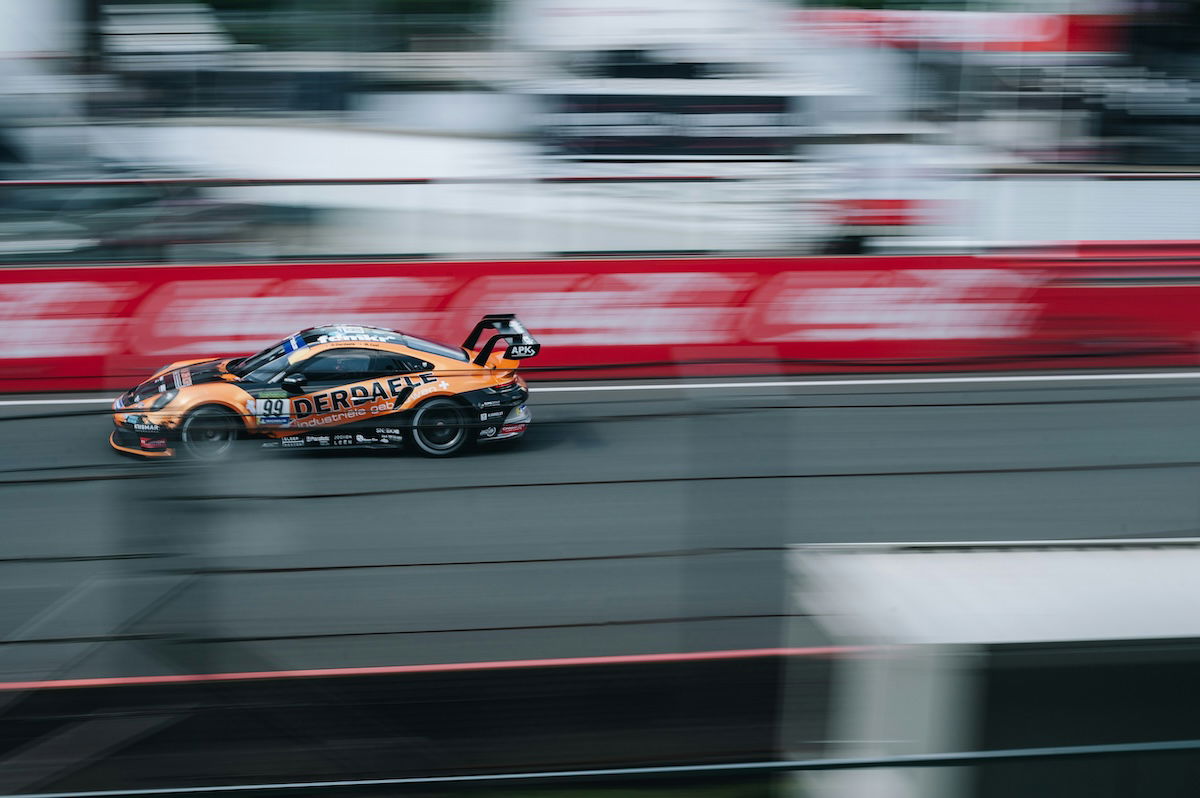
Shot with a Nikon Z 6 II. 70mm, f/14, 1/50 s, ISO 100. Serjan Midili (Unsplash)
Try starting at 1/160 s, increasing the shutter speed if the image has too much blur, and decreasing it if it doesn’t. Next, move the camera to follow the action unfolding before you.
Keep your feet in one spot while moving your upper body and the camera with the motion. You can also use a tripod with a pan-and-tilt head. The goal is to keep the subject in the same spot of the frame the whole time, so you must match your movement with the subject’s.
Keep the shutter button pressed and let the camera fire off several shots as you follow the motion. Panning tends to create several bad photos and one or two great ones. Don’t be discouraged if your first try doesn’t immediately produce a great image.
Adjust the shutter speed higher for less background blur. Go lower for more background blur, and keep practicing.
6. Use Continuous Autofocus for Sharp Images
One of the trickiest parts of getting great car photography and motorsport photography is to get a sharp focus on something that’s moving. To start, put the camera in continuous autofocus mode.
This lets the camera adjust the focus after the shutter is pressed. This is essential for moving subjects.
Next, consider the autofocus (AF) area mode. I prefer to use dynamic or AF point expansion mode for motorsports. In this mode, you choose a general part of the frame to focus on. The camera then uses the surrounding focal points to increase the odds of getting a sharply focused shot.
Most mirrorless cameras have great autofocus tracking modes, some that follow automobiles! They follow the subject for you after you select what that subject is. In some cameras, the tracking mode is inferior to dynamic or AF point expansion mode.
In some cases, a prefocus technique helps. This is particularly true when you know exactly where the subject will be. For example, everyone tries to take the inside lane in some races.
To prefocus, focus on that lane or spot before the action arrives. You won’t have to wait for the camera to focus when the action is in front of you.
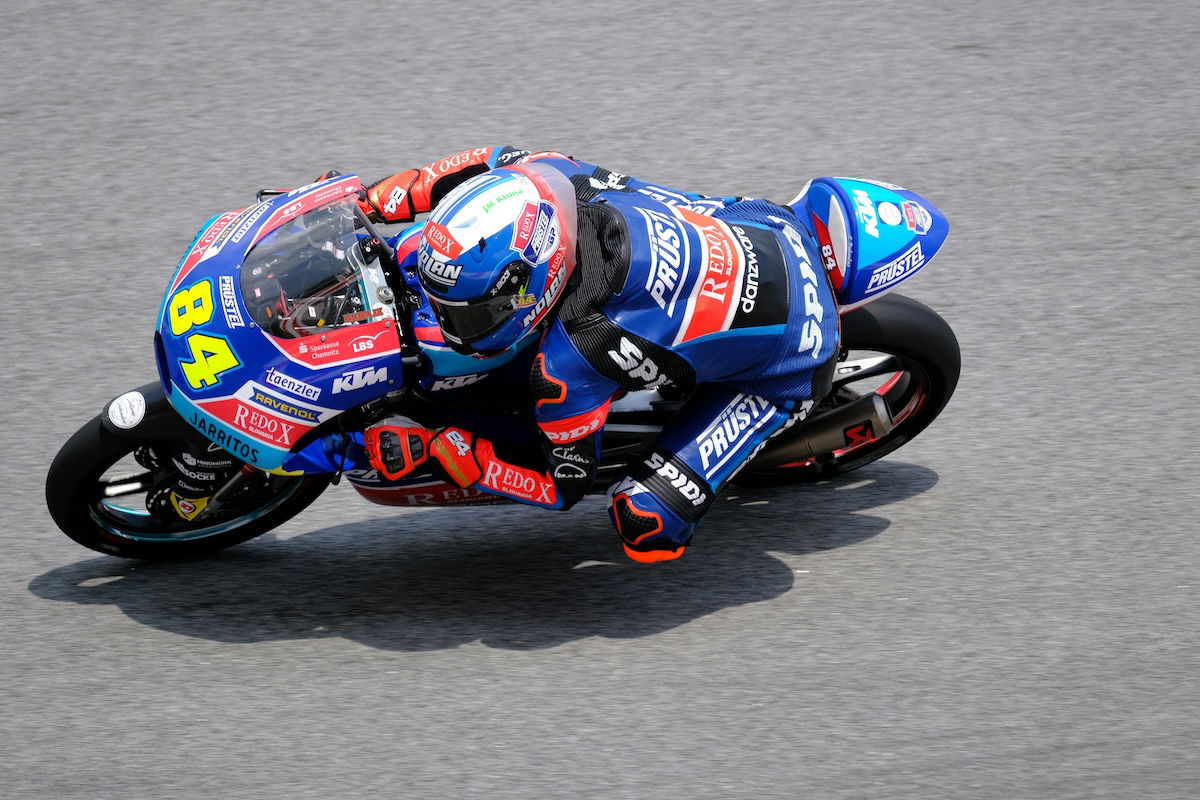
Shot with a Fujifilm X-T3. 386mm, f/5.6, 1/1,000 s, ISO 320. Eugene Lim (Unsplash)
7. Photograph From Several Angles for More Variety
If you take all your motorsports pictures from the same spot, they all look the same. Look for camera angles that show off the action. Of course, ensure you are still standing in a safe area.
For instance, shoot from a low angle when photographing a dirt bike making a jump. This makes the jump look even higher than if you take the same shot from eye level. You can also vary the composition by getting close or taking wider-angle shots.
Experiment with more than the obvious shots. Try shooting from where the action is coming toward you instead of moving past you. Instead of focusing on the jumps at a dirt bike race, look for turns where the riders send mud flying the most!
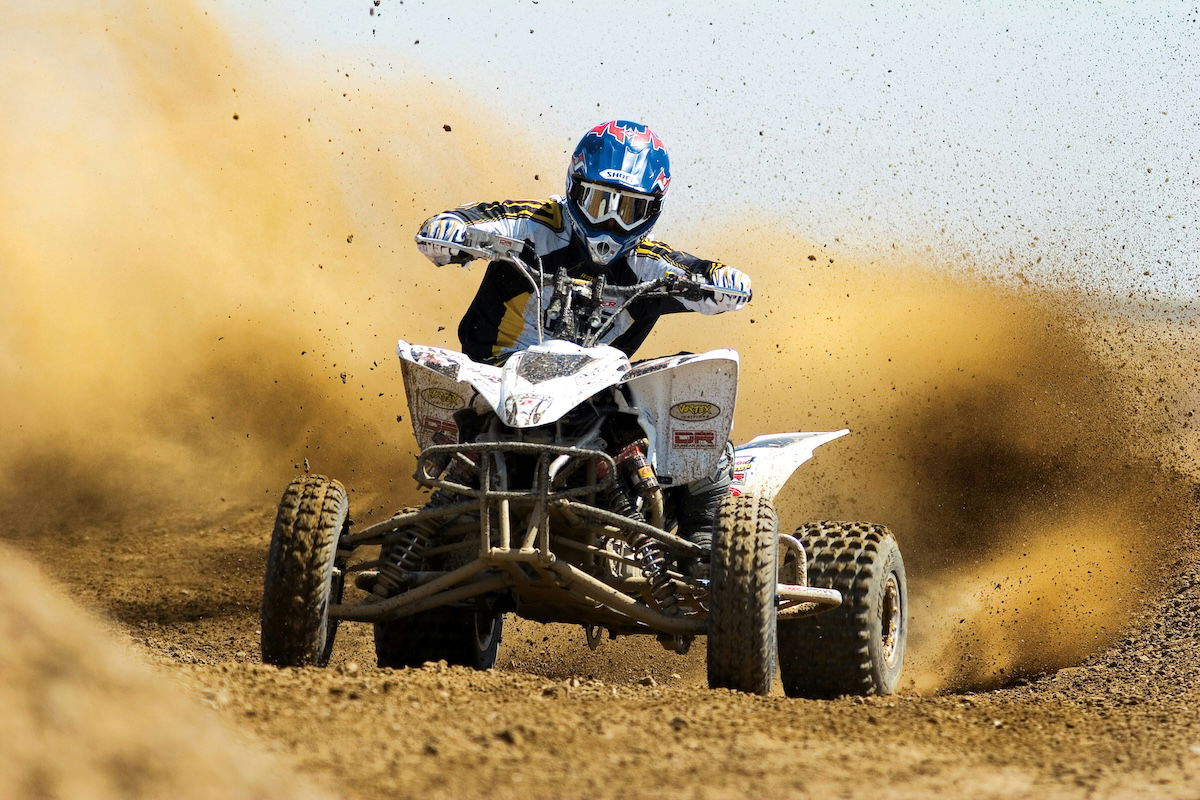
Shot with a Canon EOS 20D. 300mm, f/5.0, 1/1,600 s, ISO 200. Joe Neric (Unsplash)
8. Experiment to Capture More Creative Shots
One of my favorite aspects of motorsport photography is that the genre often leaves plenty of room for experimentation. There are often more laps, heats, and chances to get the shot.
It may not always be the case. For example, maybe you’re trying to photograph a specific competitor in a short race.
Get a few “safe” shots, then get creative. As mentioned, try panning and new angles. Photograph some shots with the crowd or the finish line flag. When time is on your side, try new things. You may end up getting your best shot of the day this way!
Unsplash photos by Tyler Delgado. Shot with a Canon EOS RP, 70mm, f/5.6, 1,000, ISO 100 (left) 178mm, f/6.3, 1/1,000 s, ISO 100 (right).
Motorsport Photography FAQs
These are the most frequently asked questions we get about motorsport photography. We hope our answers help you take your best motorsports photos.
What Is the Best Camera for Motorsports?
Smartphones and compact cameras aren’t fast enough to photograph motorsports—not well, at least. The best camera for motorsports is a mirrorless or DSLR camera, ideally one with fast autofocus and fast burst speed.
How Do You Take Pictures Fast in a Car?
The camera is moving, so the only way to take sharp photos of a car is if the subject is also moving around at the same speed. It’s like photographing another car. If you want to photograph a stationary subject, you should do so while the car is stopped and the window is rolled down.
How Do You Photograph Motorsport?
Great motorsport images require a fast shutter speed, continuous autofocus, some anticipation—and practice! For more general tips, check out our full sports photography guide.
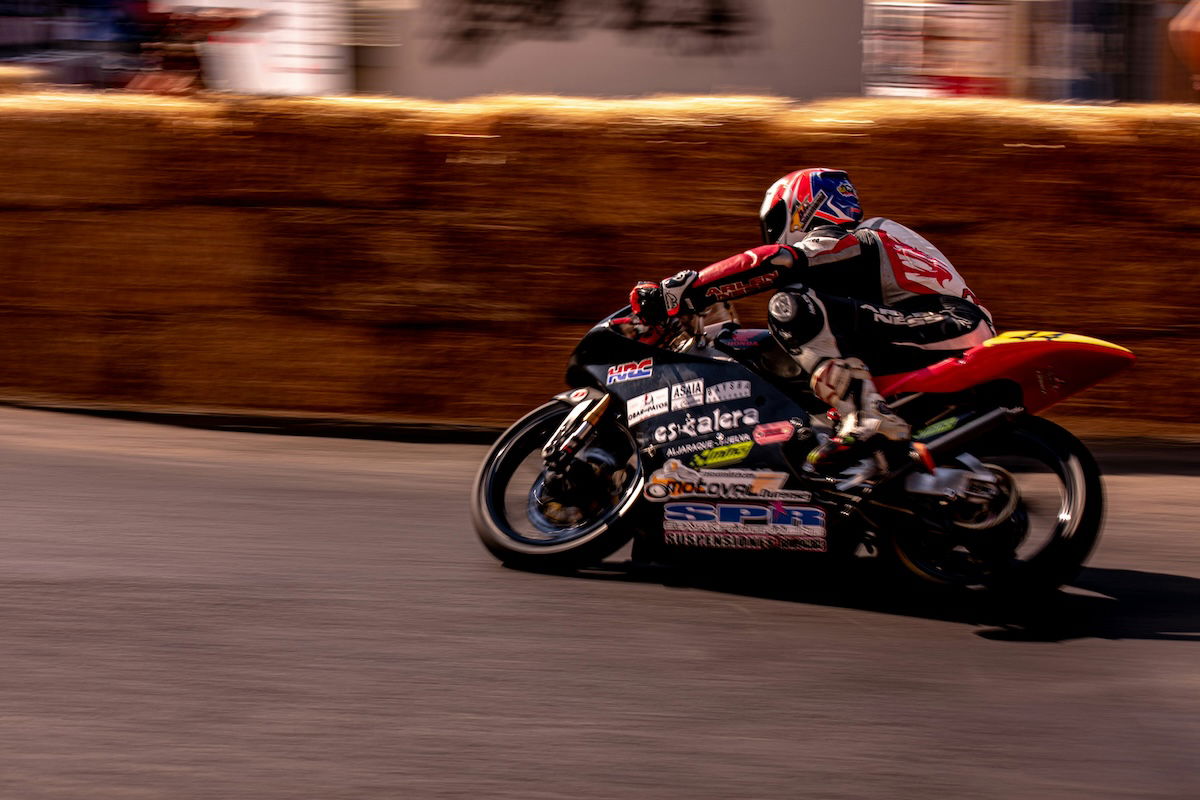
Shot with a Nikon D3500. 55mm, f/13, 1/80 s, ISO 100. Gonzalo Pedroviejo Gómez (Unsplash)
Conclusion: Motorsport Photography
Integrate several tips into your motorsport photography, from shutter speed to composition. You can learn to capture fantastic shots of cars, motorcycles, dirt bikes, and more in action.
While the speed makes the genre tricky, the room for experimenting helps compensate. After finishing at the race track, take those photos to editing software like Adobe Lightroom. You can post-process to polish those shots.
Check out our Wow Photography course for high-speed photography tips!
- Learn to create stunning images with simple, affordable gear.
- Gain access to 30 unique, creative photography projects.
- Benefit from detailed behind-the-scenes setup and execution training.
